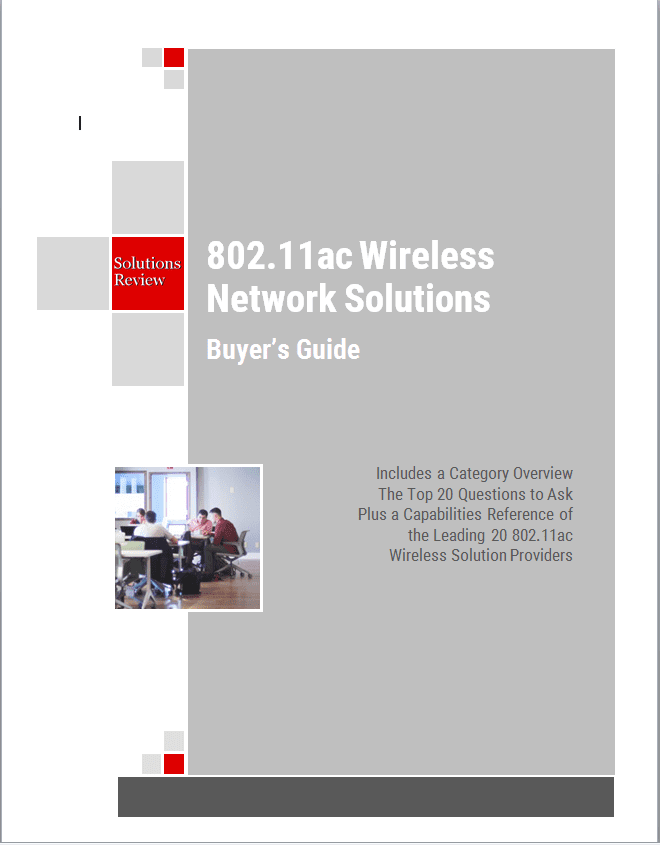Essential Practices for Channel Planning

Before making an enterprise network deployment, it’s absolutely essential for you to carefully consider the channels widths allowed on access points (AP) and establish a concrete plan for WLAN deployment. It’s crucial that access points are deployed in such a way that wireless clients experience as little packet loss as possible and when roaming, choose the access point with the strongest signal. If you want to achieve this, the neighboring access points should be as close as possible to ensure that their is some overlapping with the coverage cells. The prevents interference and increases in in channel utilization.
A single broadcast domain is formed by access points and wireless clients that are on the same channel and within the range of each other. All devices using the network are aware of each other’s transmissions, which can result in signal collision if two devices transmit at the same time. In order to avoid these signal collisions, 802.11 solutions check to see if there is any signals being broadcast, before they transmit themselves using Clear Channel Assessment. If another device’s transmission is detected as being in progress, it will wait momentarily and then reattempt the signal. If too many devices are using the same channel, it can be congested resulting in slower internet speeds. If there are two devices performing on separate but overlapping channels, the signals may not detect each other’s signals resulting in interference when the signals are sent at the same time. This often results in frame loss. 802.11 standard use a transport mechanism where each sent data frame must be acknowledged by a receiver to ensure that the frame was not lost in process. If the sender doesn’t receive an acknowledgement, the frame will be resubmitted until its received. This results in slower network speeds because it takes longer to send on frame.
Within the 802.11 standard there are 14 20MHz channels in the 2.4GHz band. 802.11b/g/n wireless devices are able to operate within this band. In the United States channels 1 through 11 are permitted providing three non-overlapping channels (1, 6 , and 11). Since a majority of the channels overlap, 2.4 is not well suited for high density deployments.
There are 23 20MHz channels in the 5GHz spectrum. Wireless devices that are specified as 802.11a/n/ac are able to operate within unlicensed national information infrastructure bands (UNII). This frequency is recommended for high density deployments because it ha s a greater number of non overlapping channels.
When deploying access points, there should overlapping coverage cells. This can prevent packet loss if a wireless client hits a dead-zone when moving between coverage cells. Access points with overlapping coverage should not be on the same channel since it can lead to a busier signal, resulting in more slower network speeds.




















